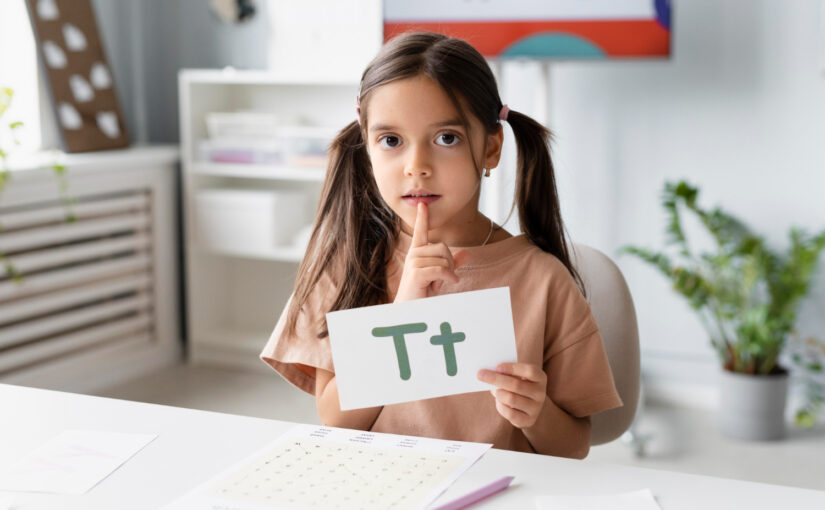Phonetics is a study of natural sounds of human speech, concerned with the physical properties of speech sounds, physiological production process, auditory reception, perception, and representation by written symbols.
Besides interpersonal or business communication, phonetics is becoming a vital part of education in lower grades. Phonetics which has been a part of the higher grades is being introduced to younger students through Jolly Phonics.
What is Jolly Phonics?
Jolly Phonics is an approach focusing on teaching literacy through synthetic phonics to children. With actions for each of the 42 letter sounds, the multisensory method motivates the children and the teachers and also ensures an achievable level of comprehension. The letter sounds are divided into seven groups.
What Is A Letter Sound?
Traditionally, children are more familiar with the letter names. However, the sounds of these letters will eventually help them read a word independently. The sounds are taught in a specific order and not alphabetically. It is also known as letter-sound order. It enables children to build words quickly.
How Does Jolly Phonics Work?
Using a synthetic phonics method, Jolly Phonics teaches children the five essential skills of reading and writing. Training them with proper pronunciation of letters/words at a young age builds a strong foundation; hence, Jolly Phonics training in Mumbai and many other parts of India, is gaining popularity among parents and teachers.
Besides the advantages, there are FIVE facts about Jolly Phonics, that we should know. We would term them as facts and skills because the skills taught through Jolly Phonics are helpful for children to speak and write.
Here they are.
Letter Sounds:
Children are taught the 42 sounds of English in the Jolly Phonics order mentioned below.
s a t i p n
ck e h r m d
g o u l f b
ai j oaieee or
z w ng v oooo
y x chshthth
quouoiueerar
Teachers use a multisensory approach to introduce children to the letter sounds.
Letter Formation:
After introducing letter sounds, children are taught how to form each letter correctly. Initially, children form letters in the air, and after practicing each letter, children learn to write letters using a pencil.
Blending:
Blending individual letters is the next step once children have learned the sounds. For example, t + i + n = tin. Blending practice helps reading fluency.
Segmenting:
Further, children are taught how to hear the individual sounds in full words to break them down to write and spell them correctly. For example, h + e + n = hen.
Tricky Words:
Since some words do not follow sound rules – Jolly Phonics introduces children to identifying, remembering, and writing tricky words. For example, he or she.



